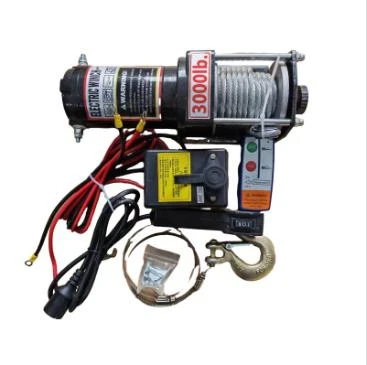


Understanding Lifting Equipment Importance, Types, and Safety
Lifting equipment plays a crucial role in various industries, enabling the safe and efficient transport of heavy loads. From construction sites to warehouses, the effective use of these tools enhances productivity while safeguarding workers’ health and safety. This article delves into the significance of lifting equipment, the various types available, and the safety measures essential for their operation.
The Importance of Lifting Equipment
Lifting equipment is indispensable in sectors where heavy lifting and transportation are routine tasks. It reduces the physical strain on workers, thereby minimizing the risk of injuries associated with manual lifting. Lifting equipment not only facilitates the movement of heavy objects but also enhances operational efficiency. By streamlining workflows and decreasing the time spent on labor-intensive tasks, businesses can improve productivity and profitability.
Moreover, the use of lifting equipment enhances safety standards within workplaces. Poor manual lifting practices can lead to musculoskeletal disorders, which are commonly reported among workers in physically demanding jobs. By employing appropriate lifting equipment, companies can not only comply with occupational health and safety regulations but also promote a culture of safety among employees.
Types of Lifting Equipment
There are various types of lifting equipment, each designed for specific lifting requirements. The most common categories include
1. Cranes These are heavy-duty machines capable of lifting and moving large loads vertically and horizontally. Cranes can be fixed, such as tower cranes used in construction, or mobile, such as truck-mounted cranes that can travel across job sites.
2. Forklifts Widely used in warehouses and factories, forklifts are essential for transporting materials. They come in different varieties, including electric-powered and diesel-powered models, each suited for different environments and loads.
3. Hoists Hoists are used for lifting and lowering loads vertically. They can be manually operated or powered by electricity. Hoists are often employed in manufacturing and maintenance applications, making them versatile tools in lifting operations.
4. Lifting Slings Slings are used in conjunction with other lifting equipment to secure loads. They can be made from various materials, including synthetic fibers and metal chains, and come in different styles depending on the type of load and lifting method.

5. Scaffolding Although primarily used for supporting workers and materials at height, scaffolding systems can also facilitate the lifting of heavy items during construction projects.
6. Chain Blocks and Tackle Winches These manual lifting devices use a chain or rope to lift loads and are ideal for smaller operations where electric power is not feasible.
Safety Measures in Lifting Operations
Ensuring the safety of lifting operations is paramount. Here are some essential safety measures that should be implemented
1. Training and Certification Personnel operating lifting equipment should receive comprehensive training to understand the machinery’s functions, limitations, and safety protocols. Ensuring that operators are certified can significantly reduce the likelihood of accidents.
2. Regular Inspections and Maintenance Lifting equipment should undergo regular inspections to ensure it is in good working condition. Maintenance schedules must be adhered to minimize risks associated with equipment failure.
3. Load Capacity Awareness Operators must be trained to understand the load capacities of the equipment they are using. Overloading can lead to equipment failure and severe injuries.
4. Use of Personal Protective Equipment (PPE) Workers should wear appropriate PPE, such as hard hats, gloves, and safety shoes, to protect themselves from potential hazards associated with lifting operations.
5. Effective Communication Clear communication among team members is crucial during lifting operations. Implementing standardized signals or communication devices can enhance coordination and minimize errors.
Conclusion
In conclusion, lifting equipment is a vital component in various industries that improves operational efficiency while ensuring worker safety. Understanding the different types of lifting equipment and adhering to stringent safety measures can significantly reduce accidents and enhance productivity. As industries continue to evolve, the proper use and maintenance of lifting equipment will remain essential in fostering a safe working environment.



